HCCI Reports
-
Use of and Spending on Top Prescription Drugs in Employer Sponsored Insurance, 2021
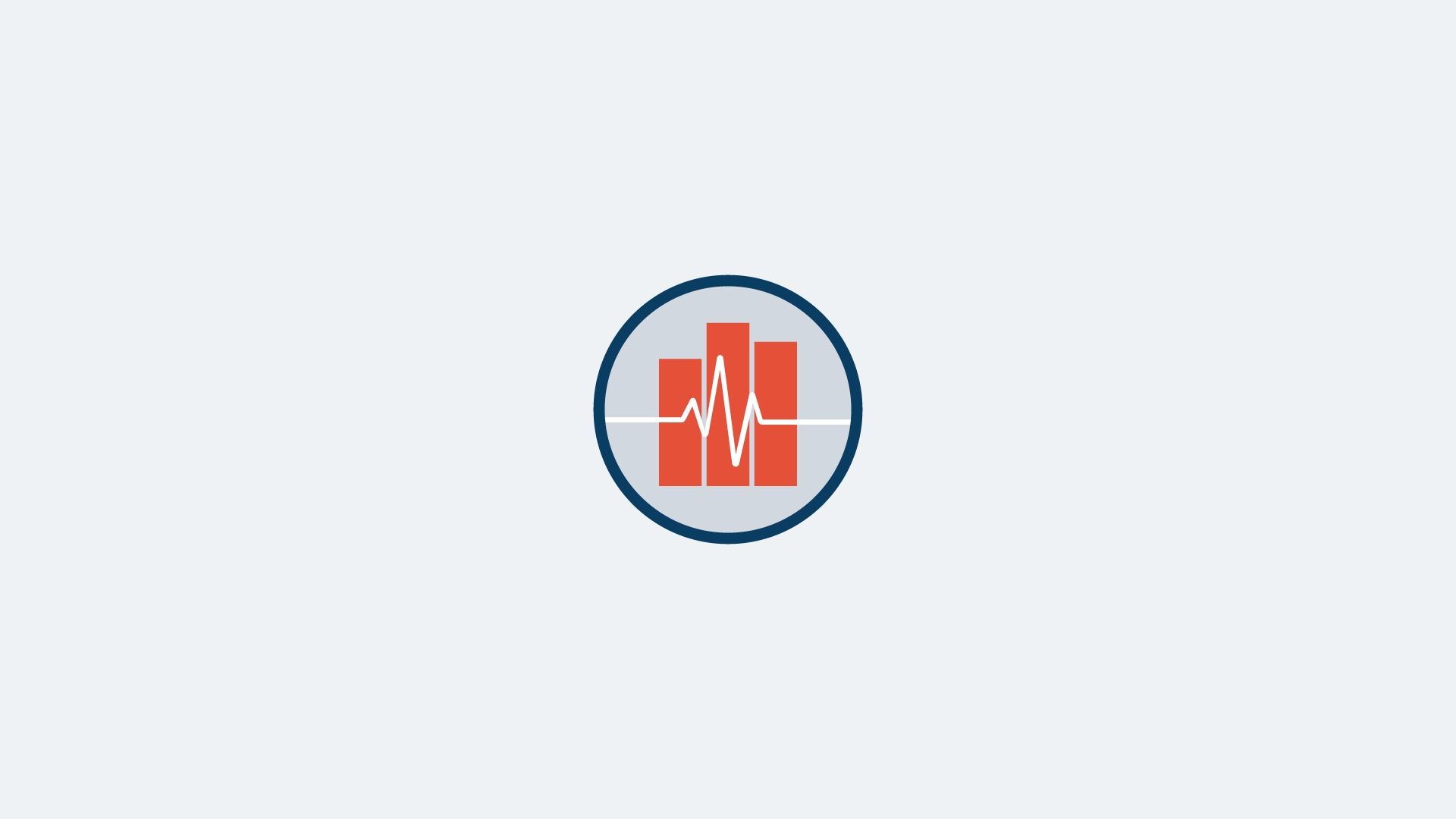 Read more: Use of and Spending on Top Prescription Drugs in Employer Sponsored Insurance, 2021
Read more: Use of and Spending on Top Prescription Drugs in Employer Sponsored Insurance, 2021Recent policy and other initiatives aim to reduce spending on prescription drugs. At the federal level, the Inflation Reduction Act targets reductions in drug spending in Medicare through price negotiation, capping out-of-pocket spending by patients, and requiring drug manufacturers to pay rebates when prices rise faster than inflation. At the state level, there are initiatives…
-
Over 80% of ESI Enrollees Used Evaluation and Management Services in 2021, with Primary Care and Telehealth the Most Commonly Used
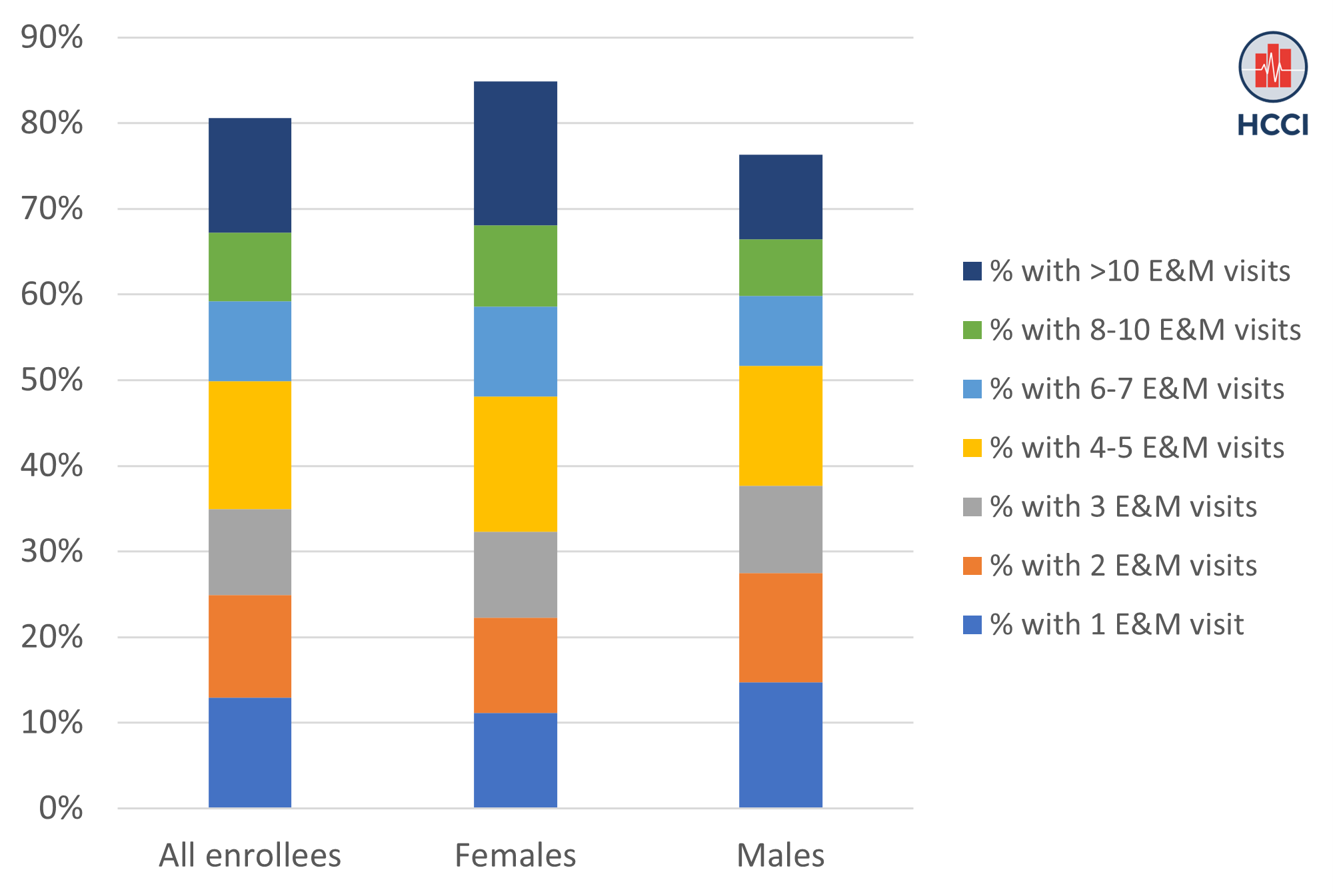 Read more: Over 80% of ESI Enrollees Used Evaluation and Management Services in 2021, with Primary Care and Telehealth the Most Commonly Used
Read more: Over 80% of ESI Enrollees Used Evaluation and Management Services in 2021, with Primary Care and Telehealth the Most Commonly UsedEvaluation and Management (E&M) services provide an entry point for many people into the health care system. This category of services includes most office visits to a primary care physician or specialist, including behavioral health services, as well evaluation and management services provided in an emergency room or outpatient setting. These visits typically involve a…
-
The Price of Childbirth Can be Twice as High Even in the Same Hospital
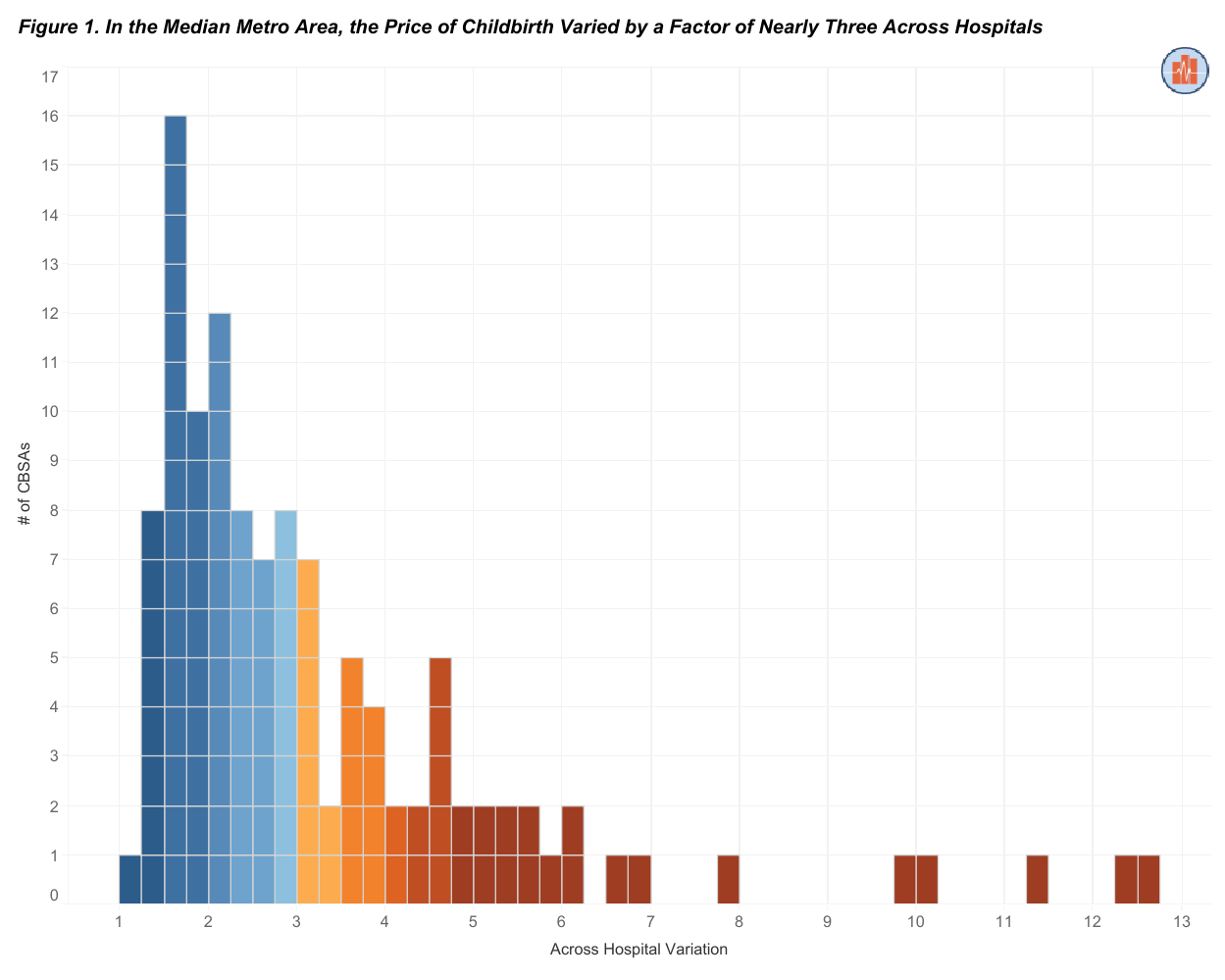 Read more: The Price of Childbirth Can be Twice as High Even in the Same Hospital
Read more: The Price of Childbirth Can be Twice as High Even in the Same HospitalAccording to HCCI’s data, the price of a hospital admission for childbirth among birthing people with employer-sponsored health insurance (ESI) varies by a factor of three across hospitals within a local area. Even within the same hospital and within the same type of delivery, some births cost twice as much as others. Different prices for…
-
From Prenatal through Postpartum Care, it Cost More Than $24,000 to Have a Baby on Average
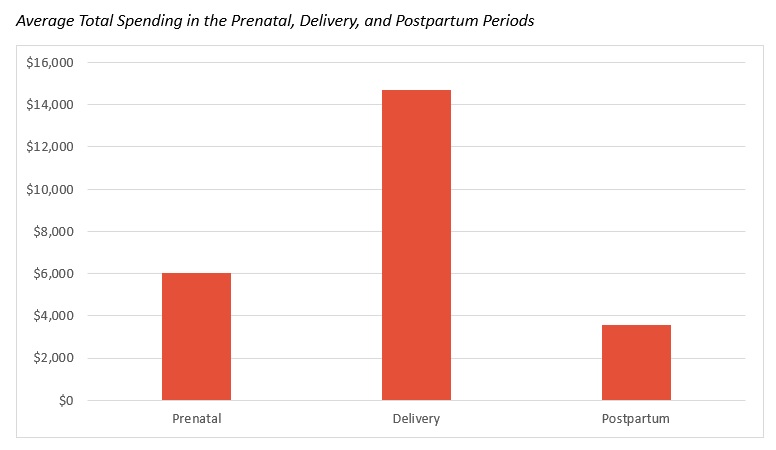 Read more: From Prenatal through Postpartum Care, it Cost More Than $24,000 to Have a Baby on Average
Read more: From Prenatal through Postpartum Care, it Cost More Than $24,000 to Have a Baby on AverageTotal Spending Averaged $24,336 across the Prenatal, Childbirth, and Postpartum Periods among ESI Enrollees HCCI has highlighted the high cost of childbirth in the United States, but delivery is only one component of the full financial cost of having a baby. The cost of prenatal and postpartum care may cause people to forgo appropriate services,…
-
Focusing on Seven Services Could Eliminate More Than Two-Thirds of Low-Value Care in HCCI’s ESI Data
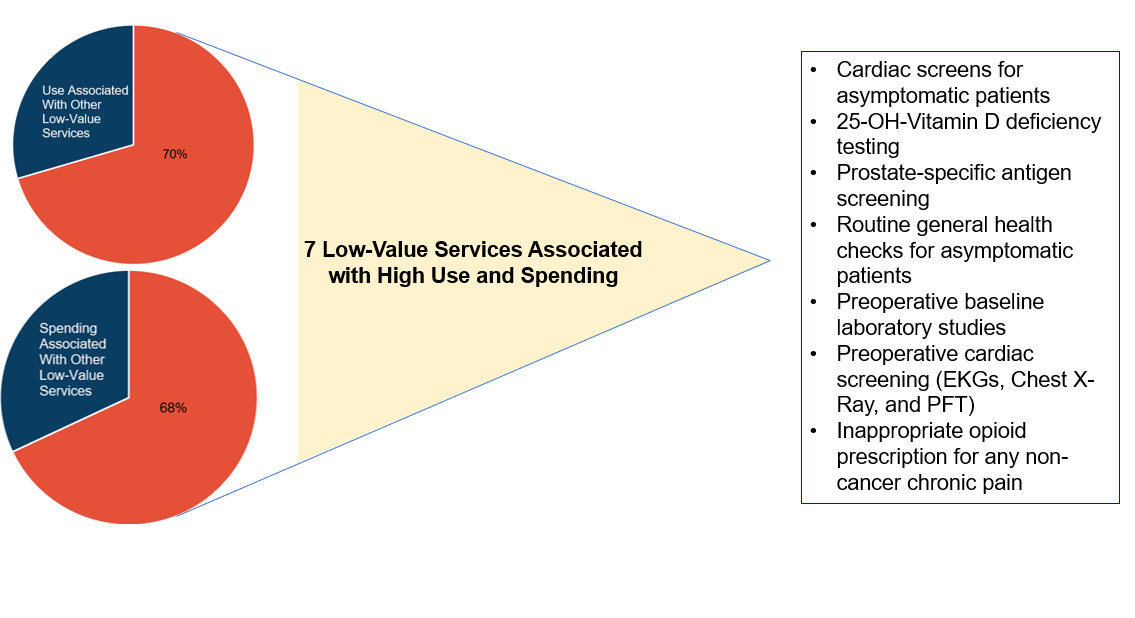 Read more: Focusing on Seven Services Could Eliminate More Than Two-Thirds of Low-Value Care in HCCI’s ESI Data
Read more: Focusing on Seven Services Could Eliminate More Than Two-Thirds of Low-Value Care in HCCI’s ESI DataThere is substantial evidence that people in the U.S. receive health care services judged to be of low-value. These services are identified as low value based on recommendations from the U.S. Preventive Services Task Force (USPSTF) and professional medical societies that there is little to no clinical value associated with their provision and potential for…
-
Insulin Prices in ESI Nearly Doubled from 2012-2021, with Effects of Emerging Biosimilars Evident in Recent Years
 Read more: Insulin Prices in ESI Nearly Doubled from 2012-2021, with Effects of Emerging Biosimilars Evident in Recent Years
Read more: Insulin Prices in ESI Nearly Doubled from 2012-2021, with Effects of Emerging Biosimilars Evident in Recent YearsInsulin is a life-saving medication for millions of Americans who live with diabetes. As the price of insulin has risen, people who depend on insulin have had to make difficult decisions about whether to pay for their medication or other necessities. Some have been forced to ration their supply, with devastating results. Recent legislation has limited insulin out-of-pocket costs at…
-
Uptake of Biosimilars Remains Low Among People with Employer-Sponsored Insurance
 Read more: Uptake of Biosimilars Remains Low Among People with Employer-Sponsored Insurance
Read more: Uptake of Biosimilars Remains Low Among People with Employer-Sponsored InsuranceBiologic drugs represent advances in medical research and treatment but are a major driver of drug spending in the United States. Spending on biologics increased by 50% between 2014 and 2018 in the U.S. even though just 2% of Americans used them. Biosimilars, clinically equivalent, lower-cost versions of original biologic drugs, analogous to generic versions…
-
Rising Share of Chemotherapy Services Provided in Outpatient Departments is Associated with Higher Costs for Patients and Payers
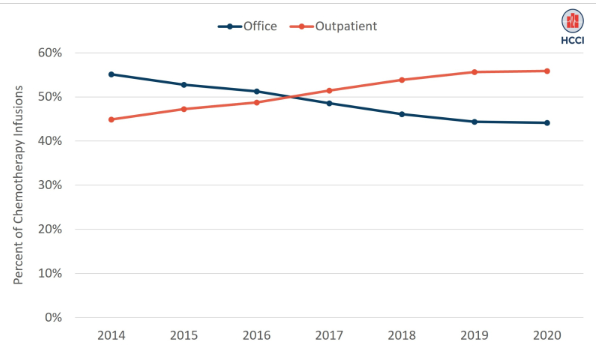 Read more: Rising Share of Chemotherapy Services Provided in Outpatient Departments is Associated with Higher Costs for Patients and Payers
Read more: Rising Share of Chemotherapy Services Provided in Outpatient Departments is Associated with Higher Costs for Patients and PayersEvery year, 1 million people in the U.S. receive chemotherapy for cancer treatment. Most chemotherapy treatment requires patients to be present in a physician’s office or hospital outpatient department to receive the treatment (typically an infusion or injection). Chemotherapy plays a critical role in treatment for many patients with cancer, but it also often leads…
-
HCCI Spotlights Colorectal Cancer Awareness Month: Use of Cologuard Doubled over 2018-2020, Despite Drops Early in the COVID-19 Pandemic
 Read more: HCCI Spotlights Colorectal Cancer Awareness Month: Use of Cologuard Doubled over 2018-2020, Despite Drops Early in the COVID-19 Pandemic
Read more: HCCI Spotlights Colorectal Cancer Awareness Month: Use of Cologuard Doubled over 2018-2020, Despite Drops Early in the COVID-19 PandemicColorectal cancer screenings are essential for early disease detection, prevention, and treatment. Since 2014, Cologuard, a DNA-based screening test that can detect colorectal cancer and precancerous cells, has been available to individuals 45 and older at average risk for colorectal cancer. In contrast to colonoscopies, which must be done at a health care facility, Cologuard is…
-
HCCI Spotlights Colorectal Cancer Awareness Month: Colonoscopy Prep Drugs Underscore the Tradeoff Between Cost and Patient Preference
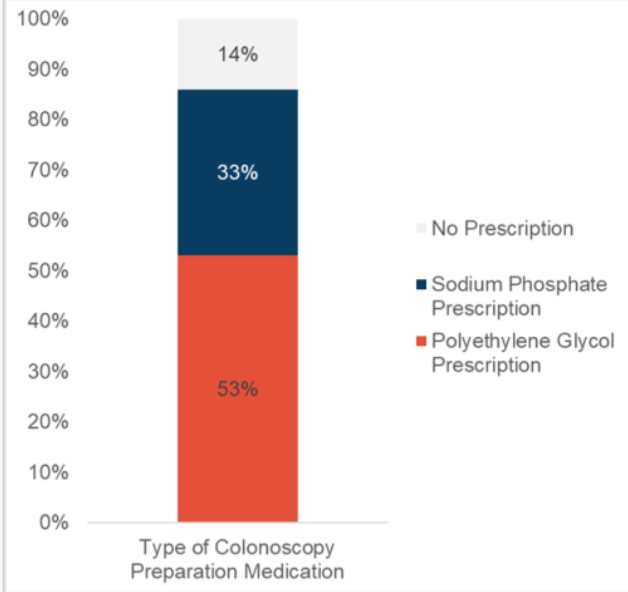 Read more: HCCI Spotlights Colorectal Cancer Awareness Month: Colonoscopy Prep Drugs Underscore the Tradeoff Between Cost and Patient Preference
Read more: HCCI Spotlights Colorectal Cancer Awareness Month: Colonoscopy Prep Drugs Underscore the Tradeoff Between Cost and Patient PreferenceColorectal cancer is the third most common cancer diagnosed in the U.S., and the second most common cause of cancer deaths among men and women combined. Screening via colonoscopy is highly effective in terms of improving prognosis of colorectal cancer via early detection; over 90% of patients who are diagnosed early (i.e., when the cancer is small…
